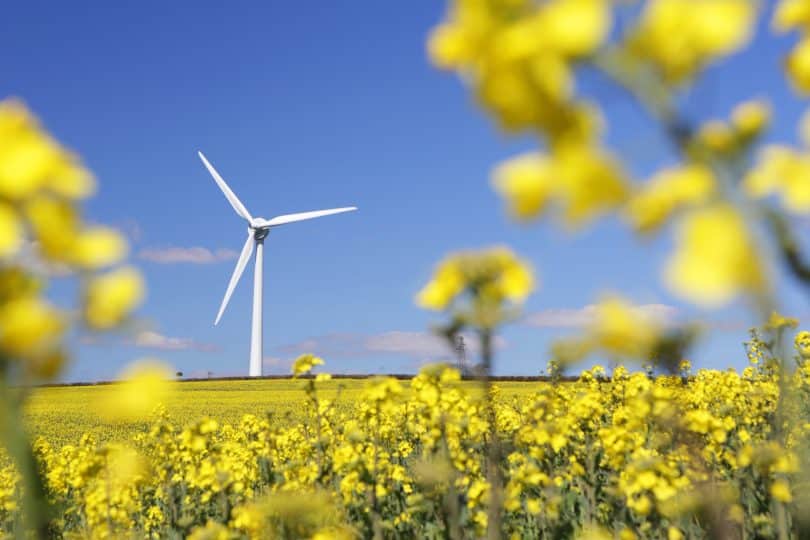In today’s world, climate change and environmental sustainability concerns have propelled clean energy to the forefront of global discussions. A Clean Energy ETF focuses on investing in companies involved in renewable energy and has emerged as a promising avenue for individuals and businesses to contribute to a cleaner future while potentially generating attractive returns. This article explores the potential of clean energy ETFs and delves into eight subheadings highlighting their significance and benefits.
Contents
- 1 The Growth of Renewable Energy:
- 2 Reducing Carbon Footprint
- 3 Job Creation and Industry Growth
- 4 Strengthening Investment Portfolios
- 5 Government Incentives and Policy Support:
- 6 Long-Term Returns and Sustainability
- 7 Accessible Investment Opportunities:
- 8 Reduced Volatility and Long-Term Growth Potential
- 9 Conclusion:
The Growth of Renewable Energy:
Renewable energy such as solar, wind, and geothermal have seen a remarkable rise. Governments and people worldwide increasingly recognize the importance of transitioning to clean energy to minimize greenhouse gas emissions and fight climate change. The rapid advancements in renewable technologies have made them economically viable and competitive alternatives to fossil fuels.
Reducing Carbon Footprint
Investing in renewable energy offers profound environmental benefits. Unlike fossil fuels that cause air pollution and global warming, renewable energy sources produce little to no harmful emissions during power generation. By embracing renewable investments, people can reduce carbon footprint and preserve the planet.
Job Creation and Industry Growth
The renewable energy sector became a catalyst for economic growth and technological innovation. Investments in renewable projects have led to new employment opportunities across various sectors, from manufacturing and installation to research and development. The growth of the renewable industry stimulates local economies and enhances energy security.
Strengthening Investment Portfolios
Renewable investments offer a unique opportunity for diversification within investment portfolios. Investors can minimize and lessen the risks related to traditional sectors, such as fossil fuels, by allocating resources to renewable energy projects. Renewable energy investments tend to have a low correlation with other asset classes, making them an attractive option for diversifying investment portfolios and enhancing resilience.
Government Incentives and Policy Support:
Government policies and incentives play a crucial role in driving the growth of renewable investments. These supportive measures make renewable investments financially appealing and provide stability and predictability for investors in the renewable sector.
Long-Term Returns and Sustainability
Renewable investments have demonstrated their potential for long-term returns and sustainability. As technology advances and economies of scale improve, renewable energy generation costs continue to decline, making it increasingly competitive with conventional energy sources. This trend, coupled with the rising global demand for clean energy, positions renewable investments as an attractive long-term investment opportunity.
Accessible Investment Opportunities:
Clean energy ETFs provide accessible investment opportunities for people looking to participate in the clean energy sector. These investment vehicles allow investors of all sizes to gain options for a diversified portfolio of clean energy companies without needing significant capital or specialized knowledge. Clean energy ETFs enable individuals to be part of the transition to clean energy, regardless of their investment capabilities or expertise.
Reduced Volatility and Long-Term Growth Potential
Clean energy ETFs offer the potential for reduced volatility and long-term growth. The clean energy sector is characterized by long-term solid growth prospects driven by increasing demand, technological advancements, and supportive government policies. Investing in a diversified portfolio of clean energy companies through ETFs can benefit from reduced volatility compared to investing in individual stocks. This diversification helps mitigate the impact of any company’s performance on the overall investment while positioning investors to capture the long-term growth potential of the clean energy sector.
Conclusion:
Clean energy ETF represents a powerful means of powering progress toward a more sustainable future. By investing in these ETFs, individuals and businesses can contribute to environmental preservation, support the clean energy sector’s growth, and achieve attractive financial returns. Clean energy ETFs offer diversification, risk mitigation, and the ability to align financial goals with environmental values. As clean energy continues to gain momentum, investing in ETFs enables individuals to actively participate in the clean energy revolution while positioning themselves for potential long-term growth.







